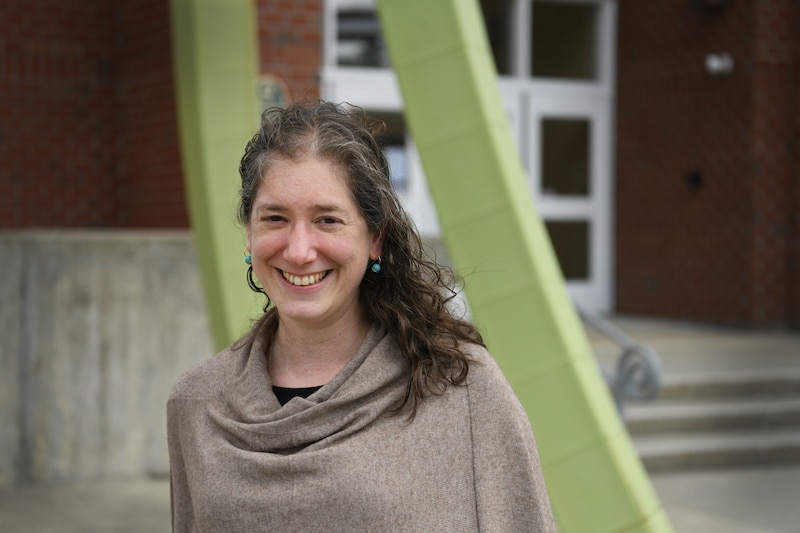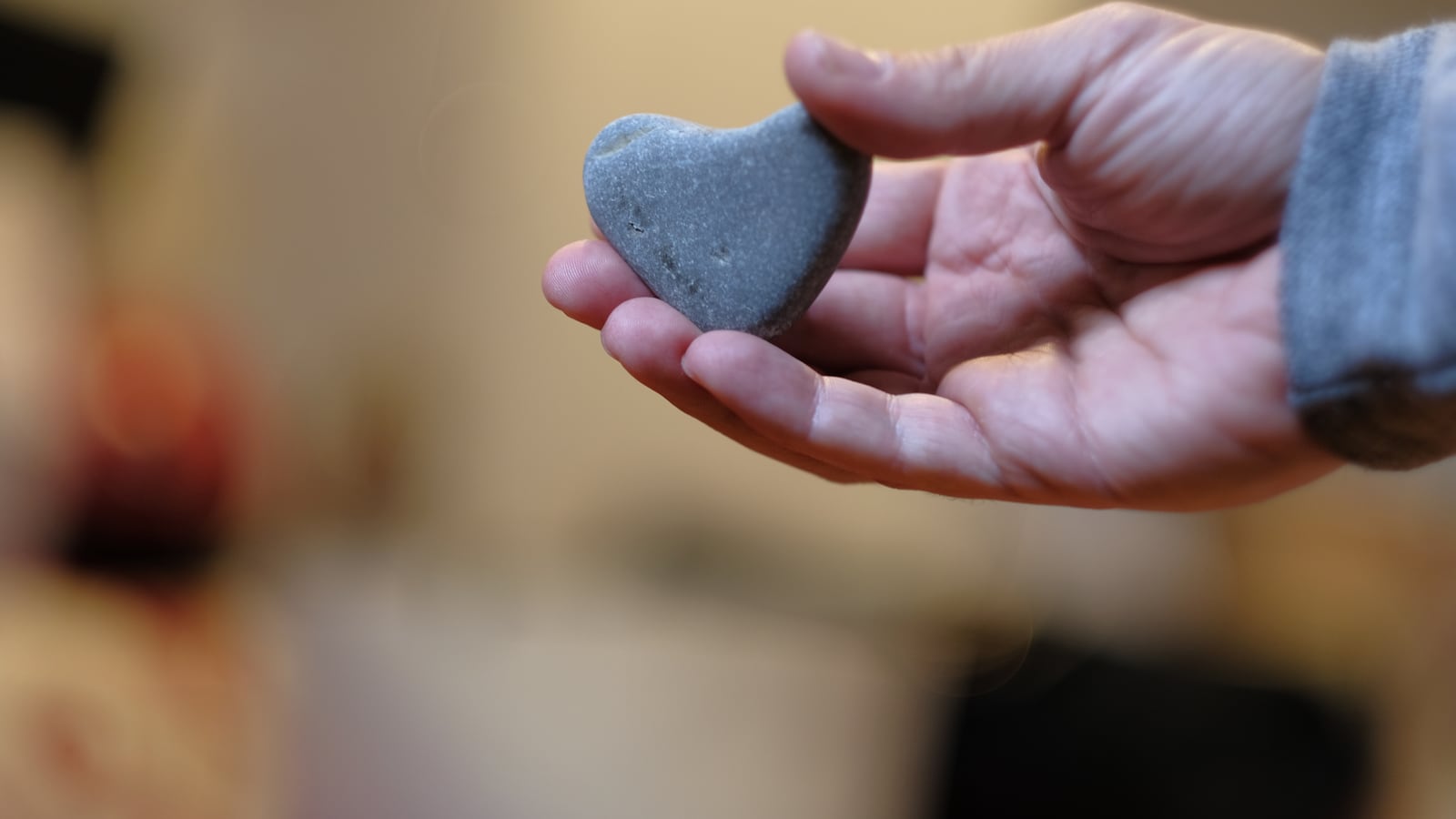The children called them “secret toys” — small items, treasures that they brought to pre-K, kept mostly hidden in backpacks and pockets, and occasionally shared. My son’s treasure-hunting drove me crazy as he took things I didn’t want to lose and grabbed finds from sidewalks: beads, acorns, bottle caps, you name it. They were easily misplaced (tears); shown to others (jealousy), and traded (mixed results).
The appeal of these tiny treasures baffled me, and as a teacher and teacher educator, I try to read a situation that baffles or even irritates me as a call for inquiry. I considered my core values, such as securing a child’s connection between home school, and possible courses of action, such as figuring out how small items could travel without significant disruption or drama.

It led me from a place of irritation to a tried-and-true lesson in the early childhood courses I teach to future educators. I’ve come to start each semester handing out a particular material, such as blocks or Legos, or foraging as a class in a park and having students each select an item that speaks to a core value they bring to class.
In the hands of my students, a tiny gray pebble becomes “noticing what others may not see.” An arch-shaped Lego becomes “creating communities where people feel connected.” There is power in choosing, holding, articulating, temporarily adding what you brought to a group’s collection, and finally retrieving it to hold near again.
Starting a new job this spring at Hunter College, I had to carry everything — from blocks to pencils — in my arms on public transit, and so I began with no Legos handy. And teaching deep in a skyscraper and many blocks from Central Park, we had no woods from which to gather.
So I leaned into my son’s collections and wrote my students, asking them to bring what early childhood educator Dana Frantz Bentley refers to as a “pocket treasure.” Maybe it’s a stick that represents a bridge because you want to be a bridge between families and schools, I explained. Maybe, it’s a dried leaf that speaks to your desire to protect others when they are feeling fragile. “Be creative,” I urged. “Once you find your treasure (and you may find a few), keep it in your coat pocket till class. Be prepared to share.”
For my part, I showed up with a small, smooth rock — half dark gray, half white — that I borrowed from my son. When he picked it up he said, “yin-yang,” and as it kept my hands happily occupied all week, I meditated on finding balance amid the chaos of a move, teaching, parenting, and meeting competing needs. I also showed up with worries.
What if my students thought this was silly?
What if the prompts were too esoteric?
What if they missed the email altogether?
Yet on the first day of class, each student pulled out a treasure, powerfully and clearly articulated a value they brought to teaching, and listened attentively. One student did forget an item (not her values), but another had brought two, so that true preschool style, a pocket treasure was loaned. By the end of the activity, we had a desk full of treasures arranged in what looked like a butterfly and a room soaring with these new teachers’ visions.
I see that when students take items from home to school and from school to home, they are linking worlds.
Thanks to pocket treasures, I lean into this new school year committed to the strength and comfort of holding something small, secret, and meaningful. I am reminded to welcome the treasures students carry, sometimes invited in the form of show-and-tell but more often showing up like secret toys, not necessarily welcome and even inconvenient. I see that when students take items from home to school and from school to home, they are linking worlds.
When I was a New York City Public elementary school teacher, my students began the year sharing their hopes and dreams. I now research how teachers’ values live in their daily practice and the power of articulating these values. In my classes, I have also witnessed the power of stating a value and holding that value in a small, easily transportable treasure.
And what were the values that these teachers in training stated on that first day? They spoke of countering inequity, valuing individuals, being trusted and trustworthy, building community with children and their families, and honoring play, among many other things. With them came a carefully chosen item, a personal commitment, placed with care together in the center of the room and then returned to pockets at the end of class. Our values, our treasures, buoy us, center us, and keep us afloat. So I encourage you to ask those who spend their days in schools: What do you seek to carry into this space? What would you like to take home? And what values do you express in these choices?
Cara E. Furman, PhD, is an associate professor of early childhood at Hunter College and a former New York City Public Schools teacher. She is the author of “Teaching from an Ethical Center: Practical Wisdom for Daily Instruction” and the co-author, with Cecelia Traugh, of “Descriptive Inquiry in Teacher Practice: Cultivating Practical Wisdom to Create Democratic Schools.” Committed to exploring and surfacing the intersections of ethics and action she hosts the podcast “Teaching from an Ethical Center: An Inquiry Among Friends” and co-hosts “Thinking in the Midst.”


